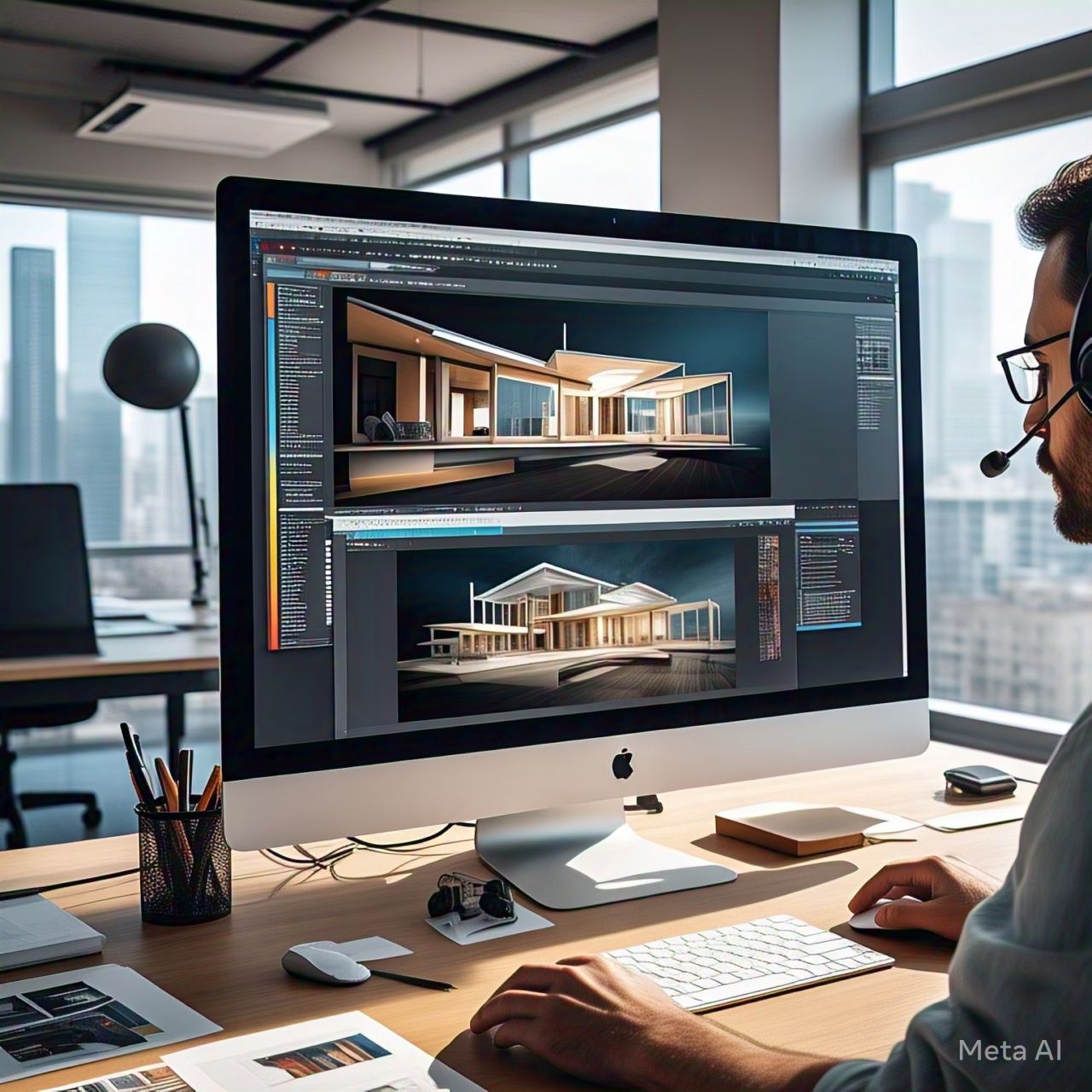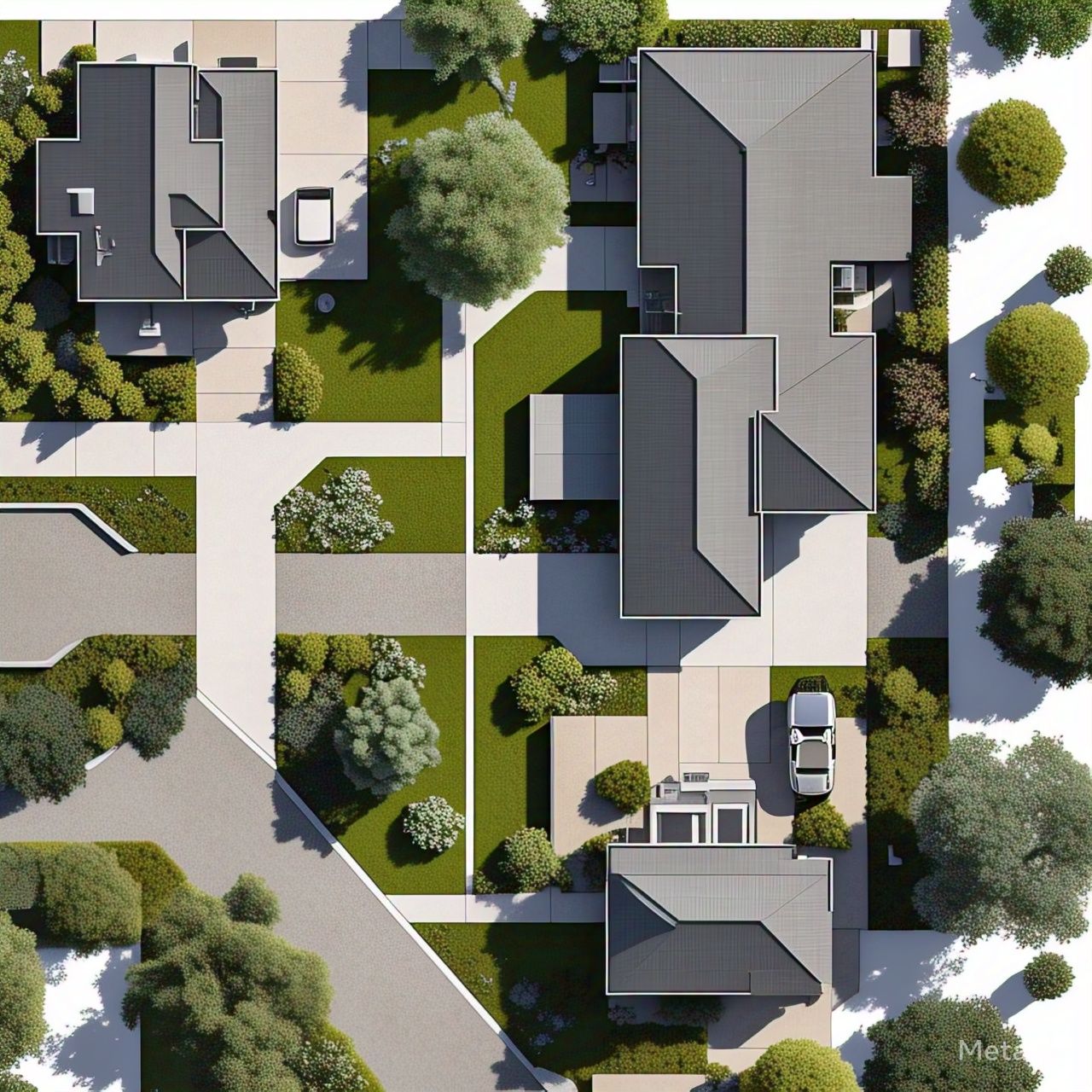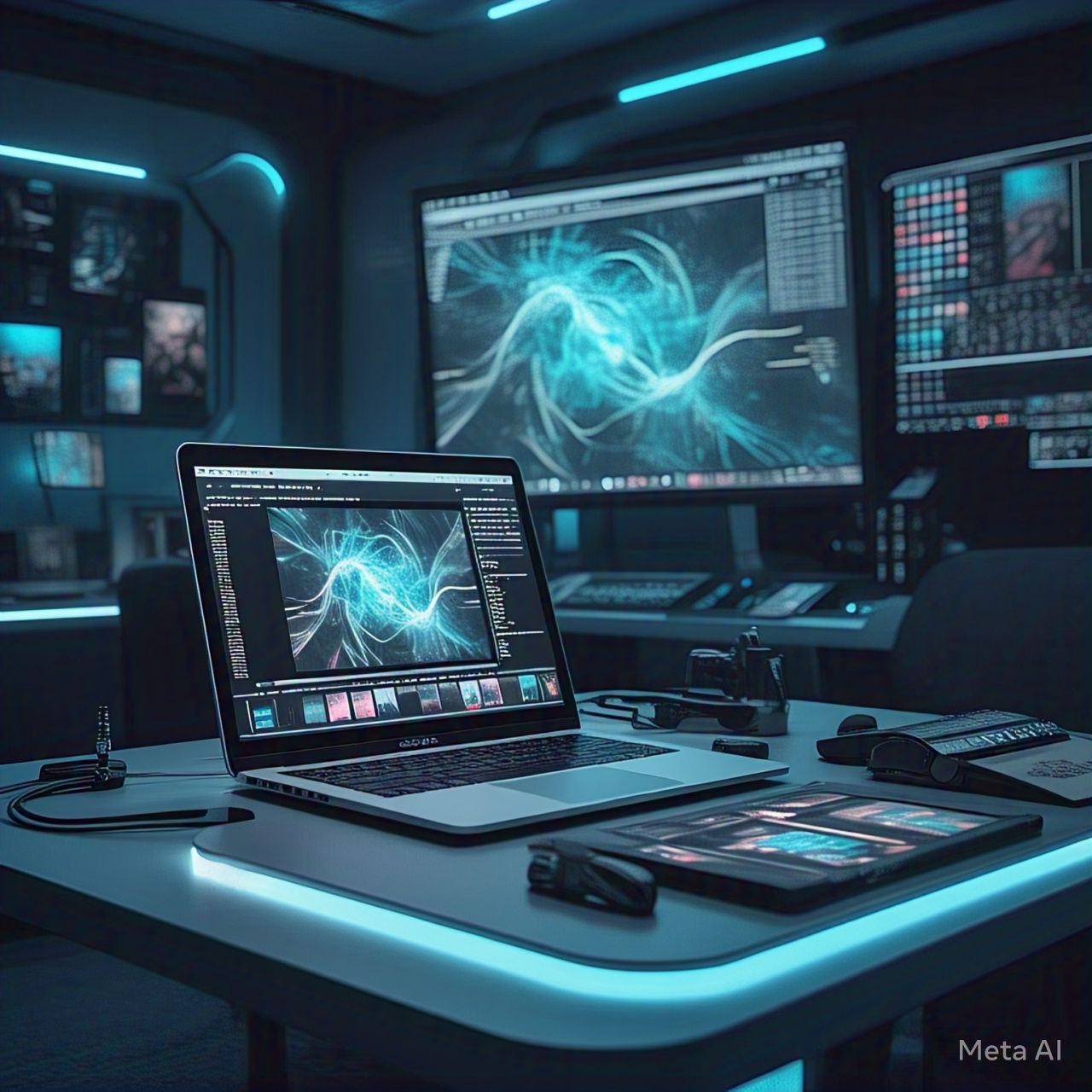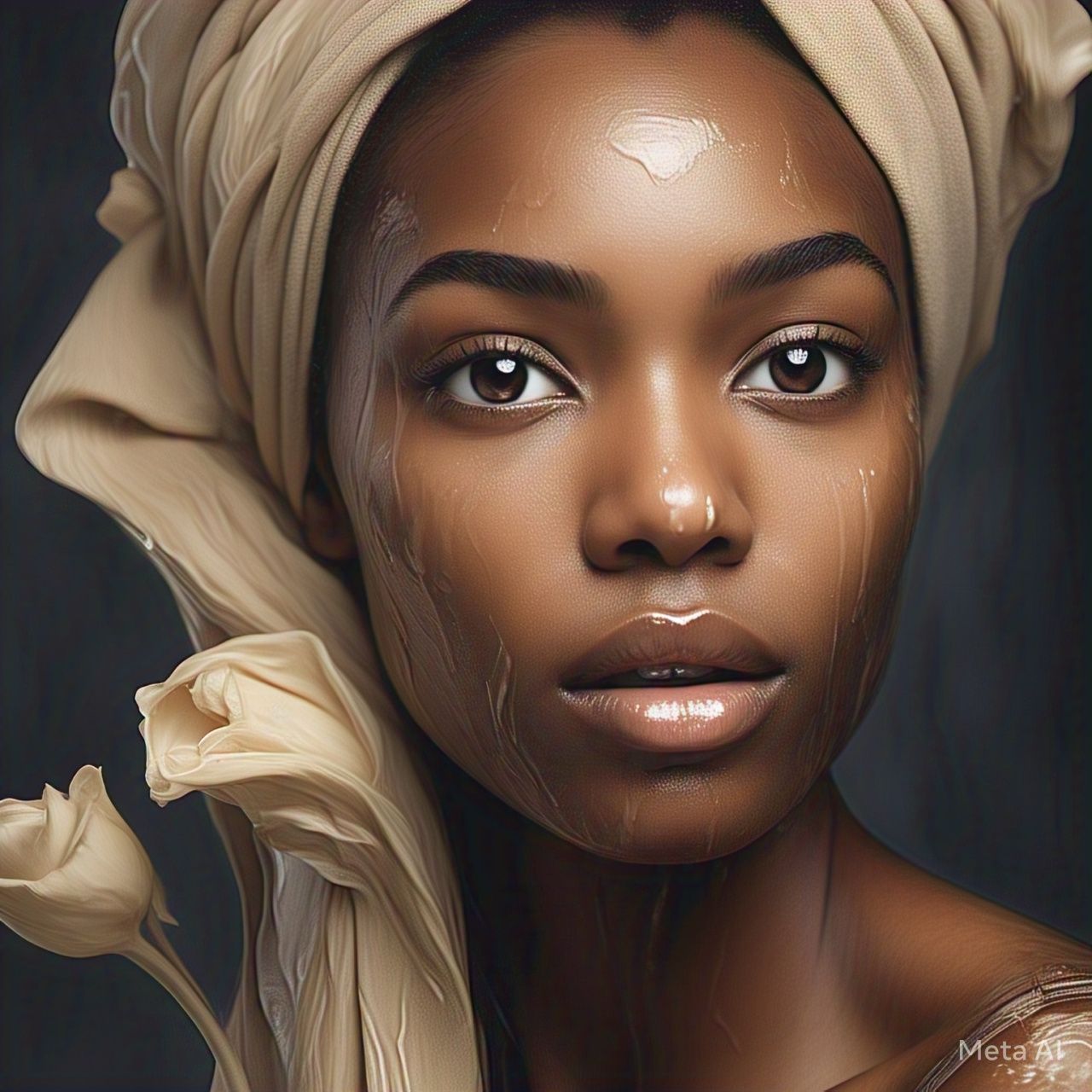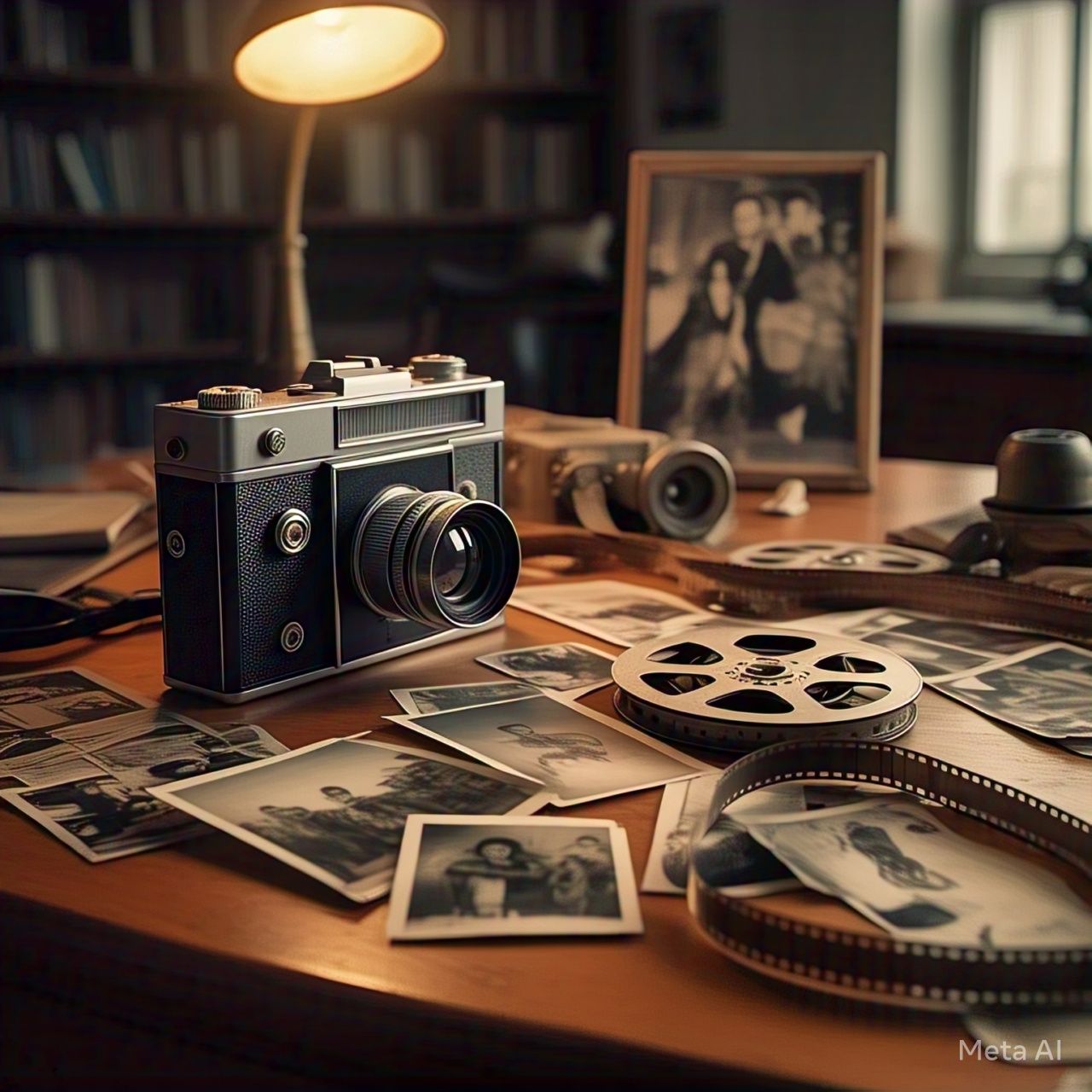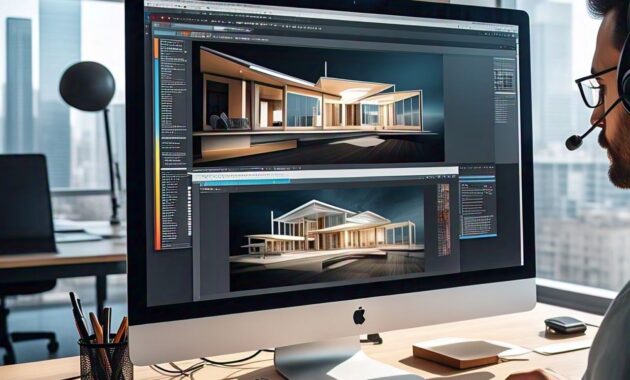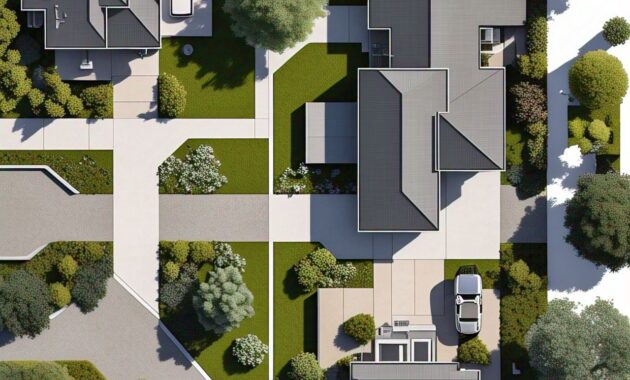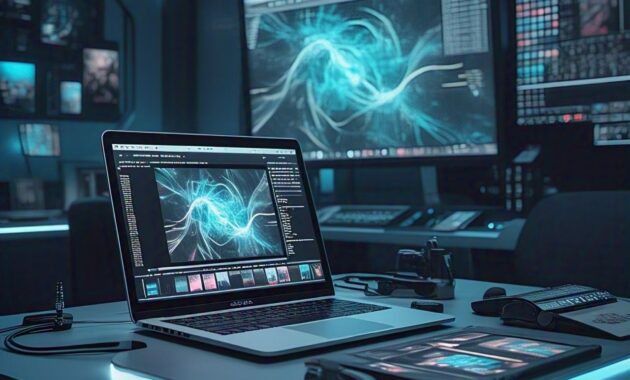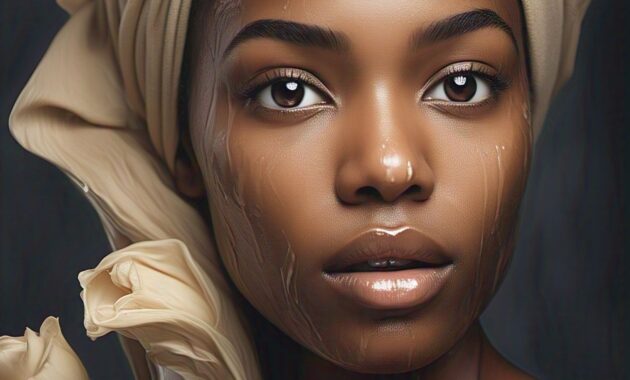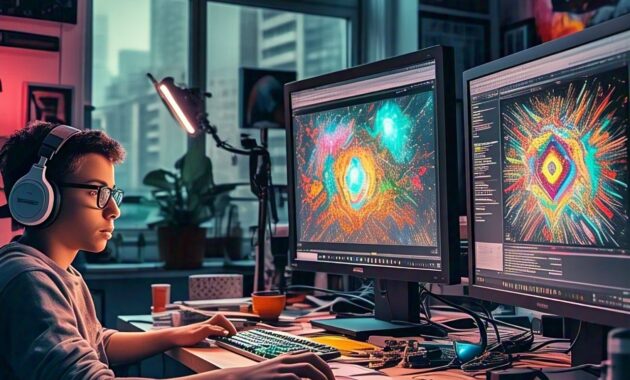Adobe Photoshop has long been the go-to tool for graphic designers, photographers, and digital artists. While it initially gained popularity for 2D image editing, Photoshop has evolved significantly over the years, incorporating powerful tools for 3D design. With 3D design integration, Photoshop is now a versatile platform that caters to a broader range of creative professionals, including game designers, architects, and product developers.
In this article, we’ll explore how Photoshop’s 3D design features work, the benefits of integrating 3D elements into digital art, and the future of 3D design in Adobe’s ecosystem.
The Evolution of 3D Design in Photoshop
Photoshop’s journey into 3D design began with the introduction of 3D tools in Photoshop CS3 Extended. Since then, Adobe has continuously improved these features, allowing users to create, edit, and manipulate 3D models within the Photoshop workspace. With the release of Photoshop CC, Adobe further enhanced its 3D capabilities by integrating better rendering engines, texture painting tools, and lighting controls.
However, as of 2021, Adobe announced the discontinuation of native 3D features in Photoshop due to technical challenges. Despite this, Adobe has shifted its focus to more advanced 3D tools within the Adobe Substance 3D suite, encouraging users to adopt specialized software for 3D workflows while still enabling certain 3D functionalities in Photoshop through plug-ins and external integrations.
Even with these changes, Photoshop remains a powerful tool for 3D texturing, lighting adjustments, and compositing—key elements that make it relevant for 3D designers.
Key 3D Features in Photoshop
Although Adobe has scaled back its native 3D functionality, several features continue to make Photoshop an essential tool for designers working with 3D models. Here are some of the most important capabilities:
1. 3D Model Import & Editing
Photoshop allows users to import 3D models in various formats (OBJ, STL, Collada, etc.), enabling designers to make adjustments such as color corrections, texture mapping, and lighting effects. This feature is particularly useful for product designers and game artists who need to refine textures or modify 3D elements before final rendering.
2. Texture Painting & UV Mapping
One of the most powerful 3D features in Photoshop is its ability to paint directly onto 3D models. This is particularly useful for:
- Customizing materials and textures for objects
- Creating detailed surface designs for game assets
- Enhancing UV maps to align graphics properly on 3D surfaces
Artists can use Photoshop’s brush tools, layer styles, and blending modes to create high-quality textures that bring 3D models to life.
3. 3D Lighting & Shadows
Lighting plays a crucial role in 3D design, and Photoshop offers tools to simulate realistic lighting effects. Designers can adjust:
- Point, infinite, and spotlights to control shadows and highlights
- Reflection and refraction settings for more realistic glass and metal surfaces
- Environmental lighting to create mood and atmosphere
These tools help enhance product visualizations, making them look more realistic for marketing or concept presentations.
4. 3D Text & Extrusions
Photoshop allows users to create 3D text and shape extrusions, which are particularly useful for branding, title design, and digital advertisements. Users can modify:
- Depth and perspective
- Beveling and contour effects
- Material properties like gloss and roughness
While Adobe recommends using Adobe Dimension or Substance 3D Stager for advanced 3D compositing, Photoshop still provides a quick and effective way to create simple 3D text effects.
5. 3D Printing Support
Photoshop was one of the first mainstream design tools to support 3D printing workflows. Users could prepare and optimize models for 3D printing by:
- Checking for mesh errors
- Applying necessary scaling and resolution adjustments
- Exporting in print-ready formats (such as STL or OBJ)
While Adobe has shifted focus away from 3D printing tools, these features remain useful for designers working on prototypes and concept models.
How 3D Design Integration Enhances Digital Art
Integrating 3D elements into Photoshop opens up endless creative possibilities. Here’s how 3D tools enhance digital art and design:
1. Enhanced Realism in Compositing
By incorporating 3D objects into 2D compositions, designers can create highly realistic visuals that would be difficult to achieve with traditional photo editing alone. This is particularly useful in advertising, product mockups, and film poster design.
2. Improved Workflow for Game & Product Designers
Game developers and product designers often use Photoshop to refine textures and materials for 3D models. Photoshop’s integration with software like Blender, Unity, and Substance Painter ensures a seamless workflow between concept art and final game assets.
3. Greater Creative Freedom
Photoshop’s 3D capabilities allow artists to explore new creative directions. From sci-fi landscapes to futuristic typography, 3D elements give designers more tools to experiment with depth, lighting, and perspective.
4. Time-Saving Automation
Instead of manually painting shadows, reflections, or depth effects, Photoshop’s 3D lighting tools automatically generate realistic lighting based on scene settings. This speeds up the design process, allowing professionals to focus on refining their work rather than spending hours on manual adjustments.
5. Integration with Augmented Reality (AR) & Virtual Reality (VR)
With the rise of AR and VR, Photoshop’s ability to edit 3D textures plays a critical role in developing assets for immersive experiences. By working on high-resolution texture maps, designers can create more lifelike 3D models for virtual environments.
The Future of 3D Design in Photoshop
While Adobe has discontinued some of Photoshop’s built-in 3D features, the company is shifting its focus toward a more specialized approach through:
1. Adobe Substance 3D Ecosystem
Adobe’s Substance 3D suite includes Substance Painter, Substance Designer, and Substance Stager, providing advanced tools for:
- Procedural texture creation
- Material customization
- Photorealistic rendering
Photoshop users working with 3D assets are encouraged to integrate these tools into their workflow for more advanced capabilities.
2. AI-Powered 3D Enhancements
AI is playing a larger role in Photoshop, and future updates may include AI-driven 3D editing tools that simplify complex tasks like:
- Automated texture generation
- Smart lighting adjustments
- AI-assisted model refinements
3. Cloud-Based 3D Workflows
With the rise of cloud computing, Adobe may further develop cloud-based 3D editing tools that allow designers to collaborate on projects remotely, similar to Adobe Creative Cloud’s shared workflows.
4. More Cross-Software Integration
Adobe is likely to enhance Photoshop’s compatibility with Blender, Unity, Unreal Engine, and other 3D design platforms, ensuring smoother workflows between 2D and 3D applications.
Conclusion
Even though Photoshop’s native 3D features have been scaled back, the software remains a powerful tool for texture editing, lighting effects, and 3D compositing. By integrating Photoshop with Adobe’s Substance 3D tools and external 3D software, designers can still leverage its capabilities to enhance their 3D projects.
The future of 3D design in Photoshop is moving toward AI-powered automation, cloud-based collaboration, and deeper integration with industry-leading 3D tools. Whether you’re a graphic designer, game developer, or product artist, Photoshop continues to be an essential tool for bringing 3D concepts to life.
As technology evolves, the boundaries between 2D and 3D design will continue to blur, making Photoshop an even more versatile platform for digital creators.




